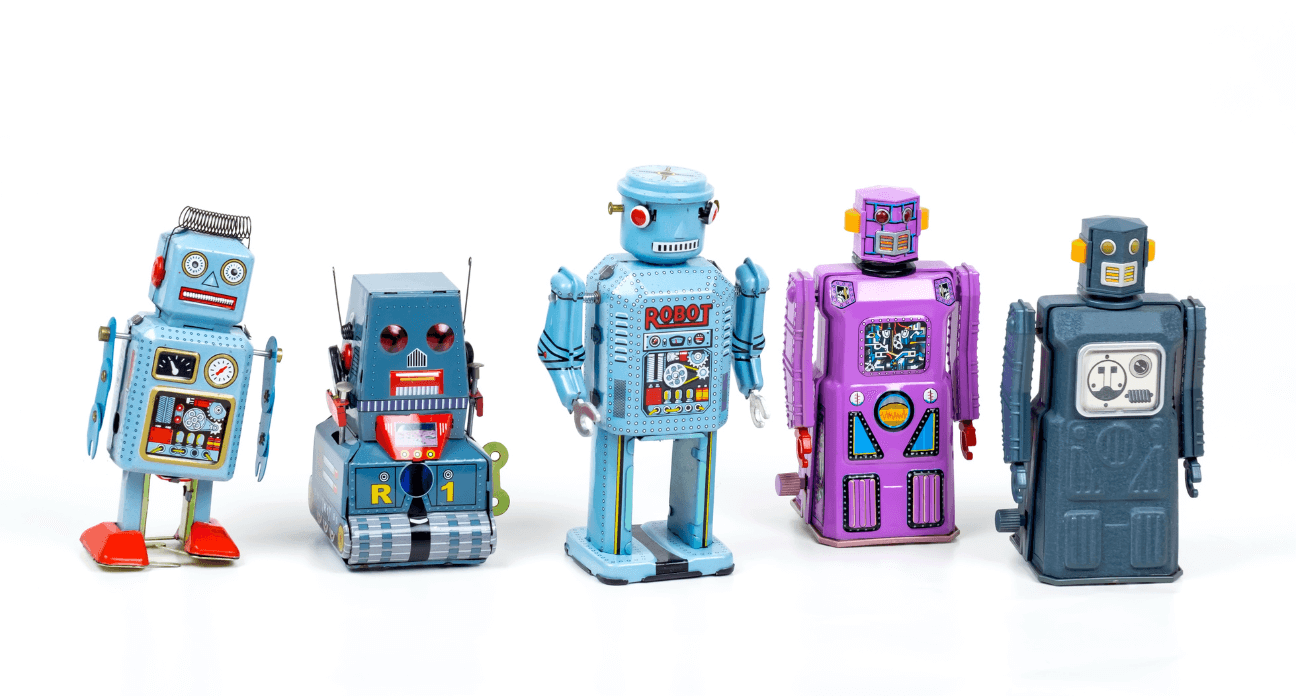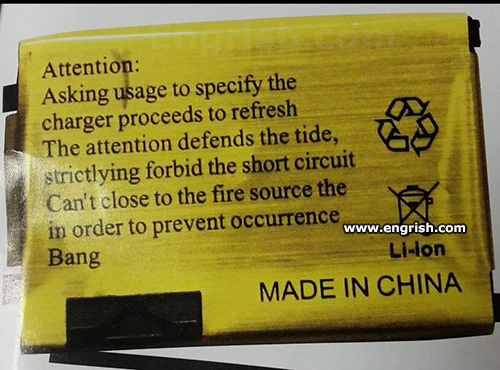5 Practical Tips on How to Improve Machine Translation Quality

This post was published on Sep 8 2022 and updated on Feb 27 2024 to reflect the latest trends and innovations in machine translation.
Since Google introduced neural machine translation in 2016, machine translation quality has vastly improved. But this still hasn’t soothed the trauma caused by early experiences with statistical machine translation. Despite its ability to deliver translations quicker and at a lower cost, many still want to know how to improve machine translation quality before they implement it.
We understand. Companies often require high-quality and precise translations to protect their brand image and prevent usage issues. Furthermore, based on our experience, machine translation alone is not always the best solution for translating complex documents such as user manuals, software documentation, or UI strings.
Popular free machine translation services like DeepL or Google Translate have proven their worth in allowing people to get the gist of a text. However, they typically fall short in their inability to fully grasp context and incorporate company terminology.

The good news is that there are ways around this! But just how can you improve machine translation quality to achieve maximum productivity for your translation and localization processes? We’ve summarized the most important aspects of a successful approach to enterprise machine translation below.
Try our machine translation services for free
1. Identify the right technology provider
Today’s enterprise machine translation systems are most often offered as cloud subscription services. The most popular machine translation software includes:
- Google Translate
- DeepL
- Microsoft Translator
- Systran Translate
- Amazon Translate
Furthermore, regional service providers like Russia’s Yandex and China’s Baidu specialize in translations to and from their respective languages. All these companies offer an optional fee-based service that safeguards business data for corporate customers, as well as a REST API for easy integration with internal software.
While the listed translation services all deliver solid results at competitive prices, their strengths lie in different areas. One way to differentiate between vendors is by analyzing the additional technologies they employ and integrate into their systems.
If maximizing accuracy across languages, even less common ones, is your priority, Google’s leadership in AI makes it a strong pick. On the other hand, DeepL leverages Linguee’s extensive translation database and its unique neural network architecture to produce exceptionally fluent text. Consider your specific translation needs to determine which service best fits the bill.
2. Test machine translation outputs
Whatever you do, don’t blindly trust a machine translation service provider’s claim that it produces “near-human translation quality”. While it may provide an understandable output in your target language, you will still need to determine whether it is the right quality for your company’s needs.
Different machine translation software have different output quality for different languages. This is only natural seeing that outputs are dependent on the languages their systems have been trained with.
This is why it is critical to test the output yourself – and by that, we don’t mean just throwing a few sentences into Google Translate or DeepL. Instead, here are 3 steps to verify the quality of a machine translation’s output.
3 simple steps to verify machine translation quality:
- Take a sample text of between 500 and 1,000 words that’s representative of the text type and the subject area you want to translate
- Let the machine translate the text
- Get internal experts like technical writers or professional translators to scrutinize the output quality, and give their feedback
Discover the quality of our machine translation
3. Ensure proper file processing
In many instances, the content you need to translate will not be available in a text format that can be conveniently transferred into a machine translation tool.
File and document formats such as website content, UI strings, XML or PowerPoint, can have a significant impact on machine translation output quality. Common challenges this can pose for translation outputs include:
- Incorrect line break inputs cause translations to restart in the middle of a sentence, leading to misinterpretations
- Additional spaces added before special characters (. , ? !)
- The document’s formatting is scrambled
- The mark-up language in the source code of the document is erroneous
- Important terms – such as your company’s name or key products – are translated incorrectly
Inconsistencies of this nature result in higher translation costs, as further corrections must be carried out during the post-editing step. To prevent this, well-engineered procedures are crucial when it comes to pre- and post-processing translation files.
4. Machine translation post-editing with CAT tools
Despite advancements in neural machine translation, outputs can still lack fluency and can be prone to errors. This can confuse or mislead your customers.
To guarantee the best possible machine translation quality, outputs should be revised by an experienced editor. This person should not only be familiar with the subject area and the source language, but should also be trained to spot typical error types in machine translation outputs.
“Post-editing” is usually carried out in CAT tools, which now all feature plugins for selected and customized machine translation systems… more on that in the final point.
5. Customize your machine translation engine
Free machine translation software translates everything from recipes to poems and your technical documentation using the same resources. Thus, it is no surprise why the precision of your corporate language is lost when your texts are reproduced using standard machine translation.
To achieve maximum efficiency, enterprise-level machine translation systems must be specifically trained. Users can incorporate corporate language and terminology into translations by utilizing computer-aided translation (CAT) tools that leverage features such as translation memory, termbases, or glossaries.
To further enhance machine translation quality, a growing number of companies are developing adaptive machine translation. This is an engine that updates its database in real-time as a human post-editor is giving feedback to a translation, allowing for higher efficiency and accuracy in the translation workflow.
Improve machine translation quality with Milengo
Many machine translation services offer fast, convenient translations. But for businesses, fluency is key to maintaining a strong brand image and user experience.
Milengo simplifies the process of integrating machine translations into your localization workflows. We create customized solutions based on your specific content and budget to deliver the quality you need.
Our engineers can also integrate your translation processes with your existing publishing software, optimizing your workflow for maximum productivity. Get a free consultation with our localization experts to learn more about improving your machine translation quality.


